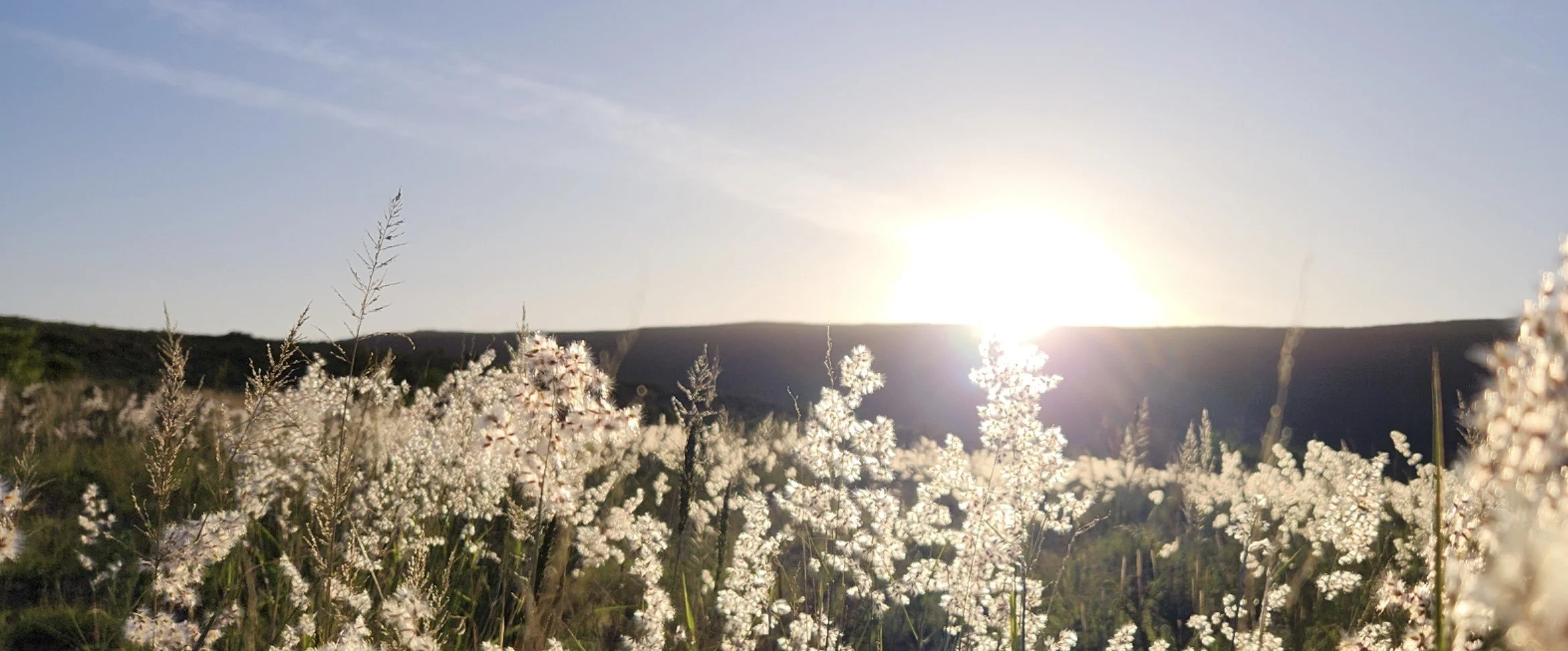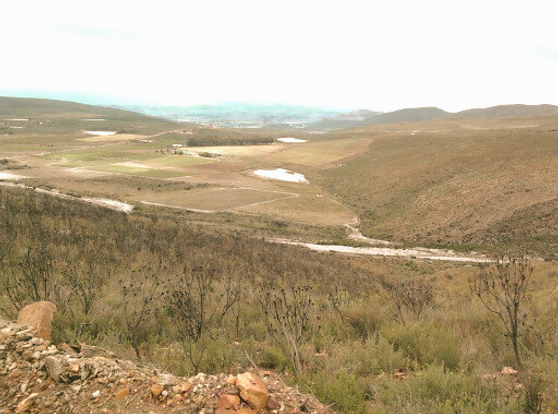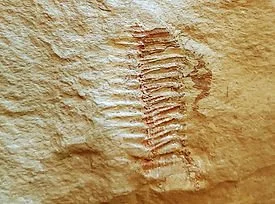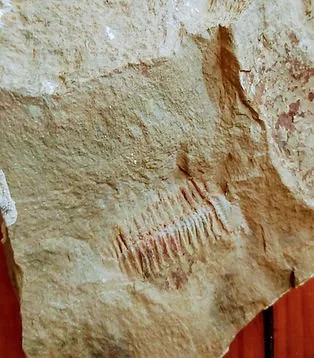
Fauna & Flora
The Krantz Nature Reserve
STONE AGE PERIOD
Millenia before the founding of the village, Middle and Late Stone-Age people were active in the Krans during their gradual migration from the coastal plain to the Little Karoo. This is evidenced by the large quantities of stone axes and shale arrowheads found by palaeontologists and archaeologists. The Khoi-khoin tribes also spent time in the region, using the Houtbaai River for watering herds and leaving a fingerprint legacy on the walls of caves on valley farms.
The Khoi-khoin developed a pastoralist lifestyle that incorporated nature in every way. Producing clay pots meant they could mix different ingredients, combining plants with milk, buttermilk, meat and fat from sheep’s tails.
Oom Abraham Goussard remembers a story told by his forefathers, who had interacted with the Khoi-khoin in the Boesmanskloof area. He knew where they dug for soldering iron and was particularly attached to a place in the area where paint could also be found:
He also found out how the bushmen made their paint by picking up and testing a bit with bushman paint and then imitating it. In this connection he was also visited by the South African painter – Pierneef, who sent the bushmen paint sample to an artist in Spain for analysis to see if it matched paint that a Spanish painter had found in the Almeire caves. The war has meanwhile broken out and the result is therefore still unknown.
THE KRANTZ NATURE RESERVE
The Krantz Nature Reserve to the North West of McGregor was developed by the McGregor Heritage Society with funds donated by the Rowland and Leta Hill Trust under the auspices of WWF South Africa.
As part of the meent or commonage of McGregor, the Krantz was available to all villagers for grazing livestock. Today it forms part of the larger biome of renosterveld which surrounds the immediate village and valley. The flowers which spring to life, emerging from their slumber underground sheilded from the hot summers, bring an unexpected joy to the landscape in late winter and spring.
The spirit roams free in this space, as it did all those many years ago when the Khoi-khoin passed through the valley.
GEOLOGY
Local geologist Mike Kamstra notes that McGregor, the east coast of Argentina, the Falkland Islands and Antarctica all share a common geology, which is right under your feet.
These locations formed the shores of a large inland sea from the mega continent Gondwana, 500 million years ago. They became some of Earth’s earliest rocks – the deepest being Table Mountain sandstone which was formed from sea sediments laid down over 400 million years ago. Huge tectonic forces pulled Gondwana apart some 200 million years ago and folded rock layers into our surrounding Langeberg and Riviersonderend mountains. As slices of Africa moved down stepwise to produce massive faults, a local ‘anticline’ – a tilt of one of these – revealed the deeper Table Mountain sandstone in a ridge.
This can be seen along the beautiful Krantz Nature Reserve walks – an ancient geological feature made even before oxygen appeared on Earth.
BIOMES AND FLORA
The changing habitat of the Krantz Nature Reserve is an ecotone between mountain fynbos and succulent Karoo Renosterveld. Notice how the distribution of these different veld types varies according to the slope and aspect. Circular patches of lush vegetation called heuweltjies occur here and there. These mysterious mounds are probably caused by termites, which enrich the soil around their termitarium.
The spaces between the rocks spring into colour in August with wild Freesia, Babiana and Lapeirousia, which look like folded green concertinas until the pale blue flowers unfold.
After good rains, Chincherinchees flower in an area near the path between the edge of the reserve and the dam wall.
Further along the path, aloes, succulents and mesems become the dominant plants. Bulbs and other geophytes appear after good autumnal rains.
If you visit the Krantz in summer, there will be little sign of the heat- and drought-resistant species as they are safely underground. Groupings of Restios grow between the rocks. Yellow Euphorbia is common all over the reserve.
The koppie also hides a rare species of Protea (P Humiflora) that hides its mouse-pollinated flowers facing the ground.
TREES AS LANDMARKS
Due to the biome in which McGregor lies, which is traditionally dry, arid and flat, trees have always stood proud and sporadic in the landscape. This has led trees to develop deep associations in local culture. At the end of Kantoor Street is a group of tall, mature blue-gum trees. These played host to several New Year’s Eve celebrations, with residents gathering under the branches and dancing until the dawn of the new year.
FAUNA
A variety of birds can be seen on the path that follows the edge of the Krantz Nature Reserve, overlooking the valley. Listen for the occasional cry of soaring Fish Eagles and Blue Cranes, or the strange drumming sound of the McGregor Phantom (Ethiopian snipe) which dives through air thrumming its feathers in an eerie mating display.
Occasional sightings are made of small buck like Grysbok and Klipspringers, hares, red rock-rabbits, porcupines, tortoises and rodents. Also on show are trapdoor spiders, various reptiles and many fascinating insects.
Plant fossils can be seen on some of the rocks.
MCGREGOR VROLIJKHEID CONSERVANCY
The McGregor Vrolijkheid Conservancy is a community initiative by local landowners dedicated to preserving the natural environment and biodiversity in the McGregor region of South Africa’s Western Cape. Its purpose is to protect and conserve the unique natural landscape and biodiversity by maintaining crucial natural ecological corridors for species like honeybees and other wildlife to thrive.










